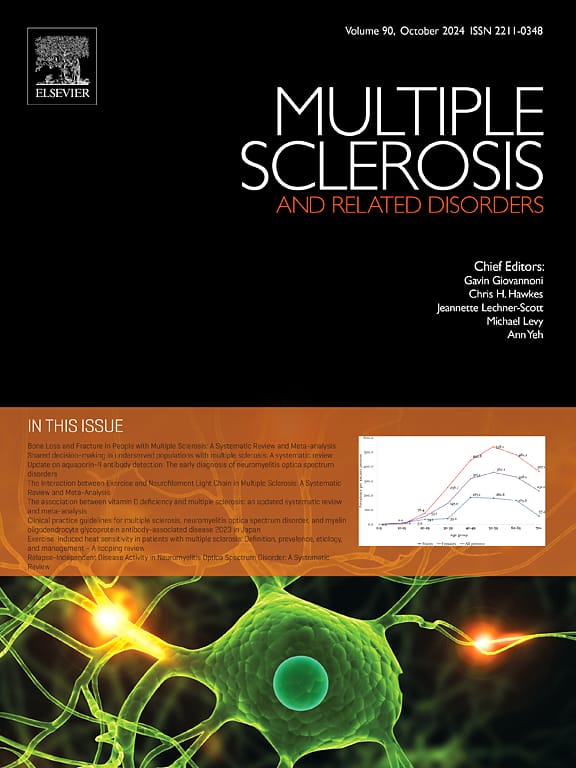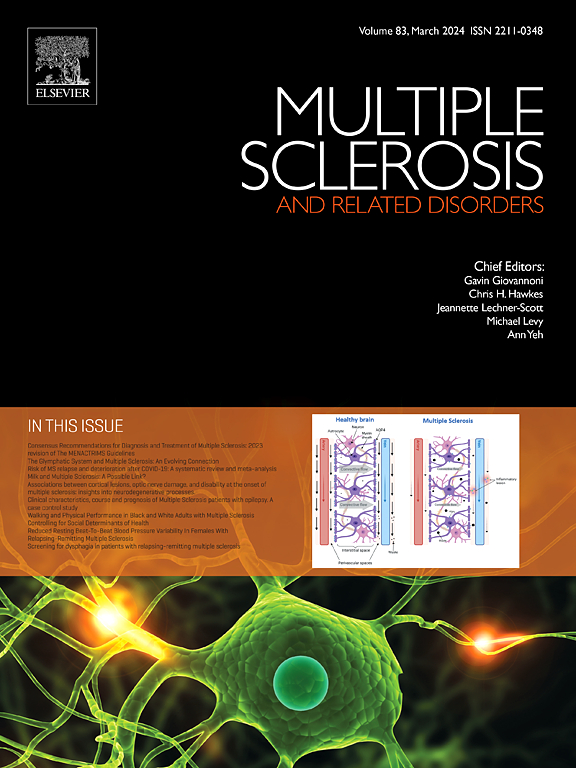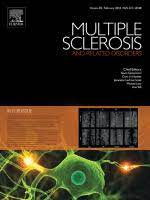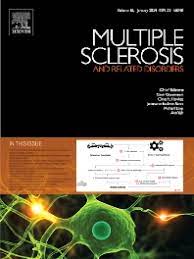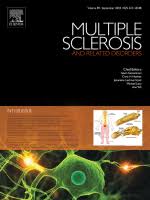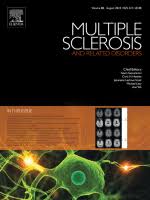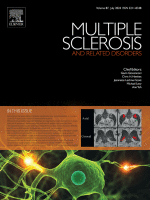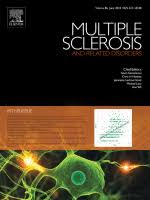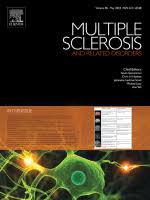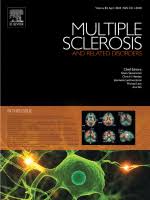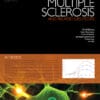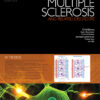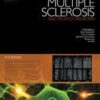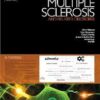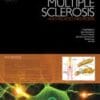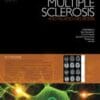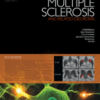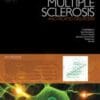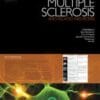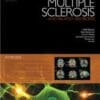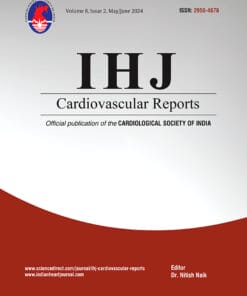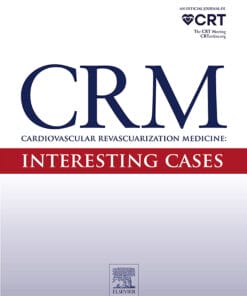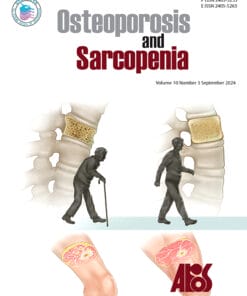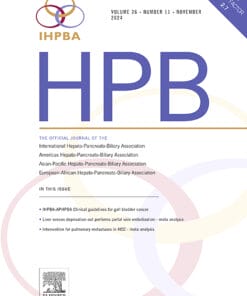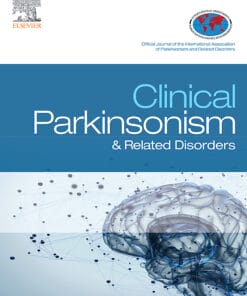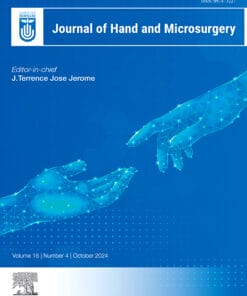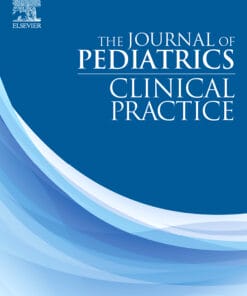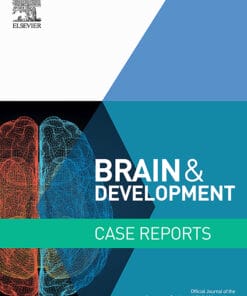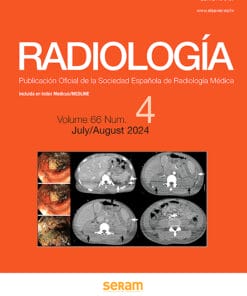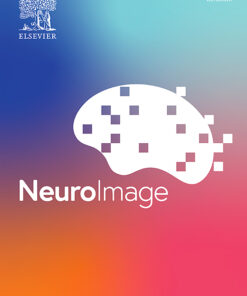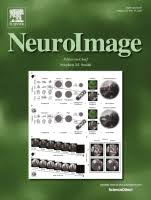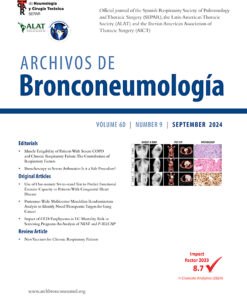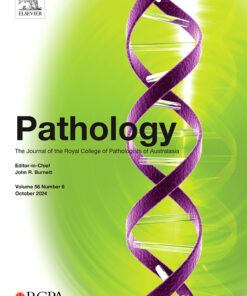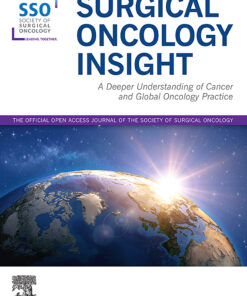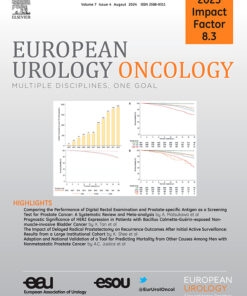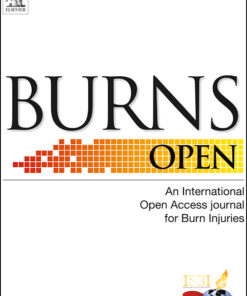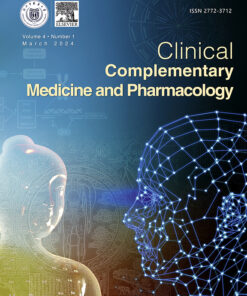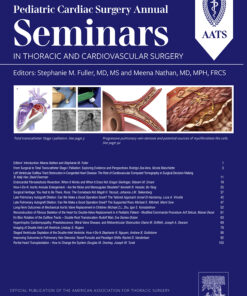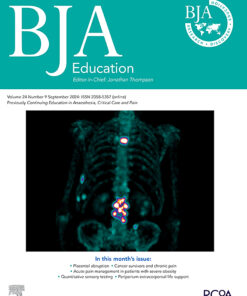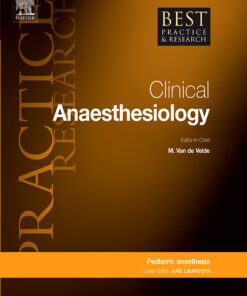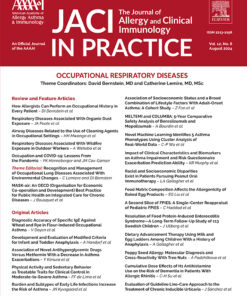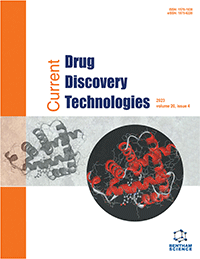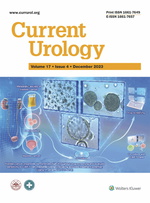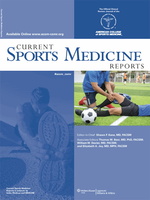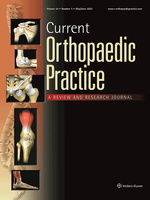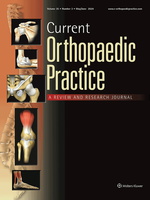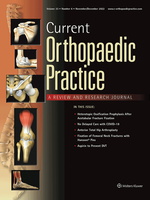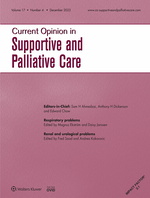Multiple Sclerosis and Related Disorders serves as a dynamic platform within the realm of multiple sclerosis (MS) and related central nervous system disorders. In the face of burgeoning research and a surge in publications, this international journal stands as a vital conduit for researchers across diverse neuroscience domains who are dedicated to advancing the understanding of MS and its associated conditions. The journal’s primary focus lies in the swift dissemination of high-quality original research in this field.
The journal’s objectives extend beyond mere publication. It is designed to provide timely updates and editorials that highlight significant scientific and clinical breakthroughs. It aims to address the ever-present controversies within the field and engage thought leaders to offer their insights through opinion pieces on pertinent subjects. One of its sections specifically caters to teaching, aimed at enriching the practice of both community and academic neurologists involved in the care of MS patients. Additionally, the journal strives to bridge the gap between scholarly discourse and the lay audience by offering lay-friendly summaries of key articles.
Behind this endeavor is a team of four chief editors, supported by eminent section editors. These section editors are tasked with curating and evaluating original and review articles across an array of domains, including clinical neurology, neuroimaging, neuropathology, neuroepidemiology, therapeutics, genetics/transcriptomics, experimental models, neuroimmunology, biomarkers, neuropsychology, neurorehabilitation, measurement scales, teaching, neuroethics, and lay communication.
Multiple Sclerosis and Related Disorders offers a diverse array of article types, ranging from reviews, original research articles, and editorials, to comments, clinical trial papers, letters to the editors, case reports, book reviews, and news pieces. Furthermore, the journal welcomes online summaries of selected papers tailored for a lay audience, teaching lessons, and the submission of supporting images and datasets. This comprehensive approach reflects the journal’s commitment to fostering collaboration, sharing knowledge, and advancing the understanding and management of MS and related disorders.
Volume 57: January 2022
Volume 58: February 2022
Volume 59: March 2022
Volume 60: April 2022
Volume 61: May 2022
Volume 62: June 2022
Volume 63: July 2022
Volume 64: August 2022
Volume 65: September 2022
Volume 66: October 2022
Volume 67: November 2022
Volume 68: December 2022
Volume 69: January 2023
Volume 70: February 2023
Volume 71: March 2023
Volume 72: April 2023
Volume 73: May 2023
Volume 74: June 2023
Volume 75: July 2023
Volume 76: August 2023
Volume 77: September 2023
Volume 78: October 2023
Volume 79: November 2023
Volume 80: December 2023
Volume 81: January 2024
Volume 82: February 2024
Volume 83: March 2024
Volume 84: April 2024
Volume 85: May 2024
Volume 86: June 2024
Volume 87: July 2024
Volume 88: August 2024
Volume 89: September 2024
Volume 90: October 2024
| Volume | Volume 57: January 2022, Volume 58: February 2022, Volume 59: March 2022, Volume 60: April 2022, Volume 61: May 2022, Volume 62: June 2022, Volume 63: July 2022, Volume 64: August 2022, Volume 65: September 2022, Volume 66: October 2022, Volume 67: November 2022, Volume 68: December 2022, Volume 69: January 2023, Volume 70: February 2023, Volume 71: March 2023, Volume 72: April 2023, Volume 73: May 2023, Volume 74: June 2023, Volume 75: July 2023, Volume 76: August 2023, Volume 77: September 2023, Volume 78: October 2023, Volume 79: November 2023, Volume 80: December 2023, Volume 81: January 2024, Volume 82: February 2024, Volume 83: March 2024, Volume 84: April 2024, Volume 85: May 2024, Volume 86: June 2024, Volume 87: July 2024, Volume 88: August 2024, Volume 89: September 2024, Volume 90: October 2024 |
|---|
Related Products
Journals/Articles
Journals/Articles
Cardiovascular Revascularization Medicine: Interesting Cases PDF
Journals/Articles
Journals/Articles
Journals/Articles
Journals/Articles
Journals/Articles
Journals/Articles
Journals/Articles
Journals/Articles
Journals/Articles
Journals/Articles
Journals/Articles
Journals/Articles
Journals/Articles
Journals/Articles
Journals/Articles
Journals/Articles
Journals/Articles
Journals/Articles
Journals/Articles
Journals/Articles
Journals/Articles
Technical Innovations & Patient Support in Radiation Oncology PDF
Journals/Articles
Journals/Articles
Journals/Articles
Journals/Articles
Journals/Articles
Journals/Articles
Journals/Articles
Journals/Articles
Journals/Articles
Journals/Articles
The American Journal of Geriatric Psychiatry: Open Science, Education, and Practice PDF
Journals/Articles
Journals/Articles
Journals/Articles
Journals/Articles
Journals/Articles
Journals/Articles
Journals/Articles
Journals/Articles
Journals/Articles
Journals/Articles
Journals/Articles
First Nations Health and Wellbeing – The Lowitja Journal PDF
Journals/Articles
Journals/Articles
Journals/Articles
Journals/Articles
Journals/Articles
Journals/Articles
Journals/Articles
Journals/Articles
Journals/Articles
Journals/Articles
Journals/Articles
Seminars in Thoracic and Cardiovascular Surgery: Pediatric Cardiac Surgery Annual PDF
Journals/Articles
Journals/Articles
Journals/Articles
Journals/Articles
Journals/Articles
The Journal of Allergy and Clinical Immunology: In Practice PDF
Journals/Articles
Journals/Articles
Journals/Articles
Journals/Articles
Journals/Articles
Journals/Articles
Journals/Articles
Dimensions of Critical Care Nursing: Volume 43 (1 – 3) 2024 PDF
Journals/Articles
Dimensions of Critical Care Nursing: Volume 42 (1 – 6) 2023 PDF
Journals/Articles
Dimensions of Critical Care Nursing: Volume 41 (1 – 6) 2022 PDF
Journals/Articles
Journals/Articles
Journals/Articles
Journals/Articles
Journals/Articles
Journals/Articles
Journals/Articles
Journals/Articles
Journals/Articles
Journals/Articles
Current Sports Medicine Reports: Volume 22 (1 – 12) 2023 PDF
Journals/Articles
Journals/Articles
Current Sports Medicine Reports: Volume 21 (1 – 12) 2022 PDF
Journals/Articles
Journals/Articles
Journals/Articles
Journals/Articles
Journals/Articles
Journals/Articles
Journals/Articles
Journals/Articles
Journals/Articles
Journals/Articles
Current Opinion in Pulmonary Medicine: Volume 30 (1 – 3) 2024 PDF
Journals/Articles
Current Opinion in Pulmonary Medicine: Volume 29 (1 – 6) 2023 PDF
Journals/Articles
Current Opinion in Pulmonary Medicine: Volume 28 (1 – 6) 2022 PDF
Journals/Articles
Journals/Articles



